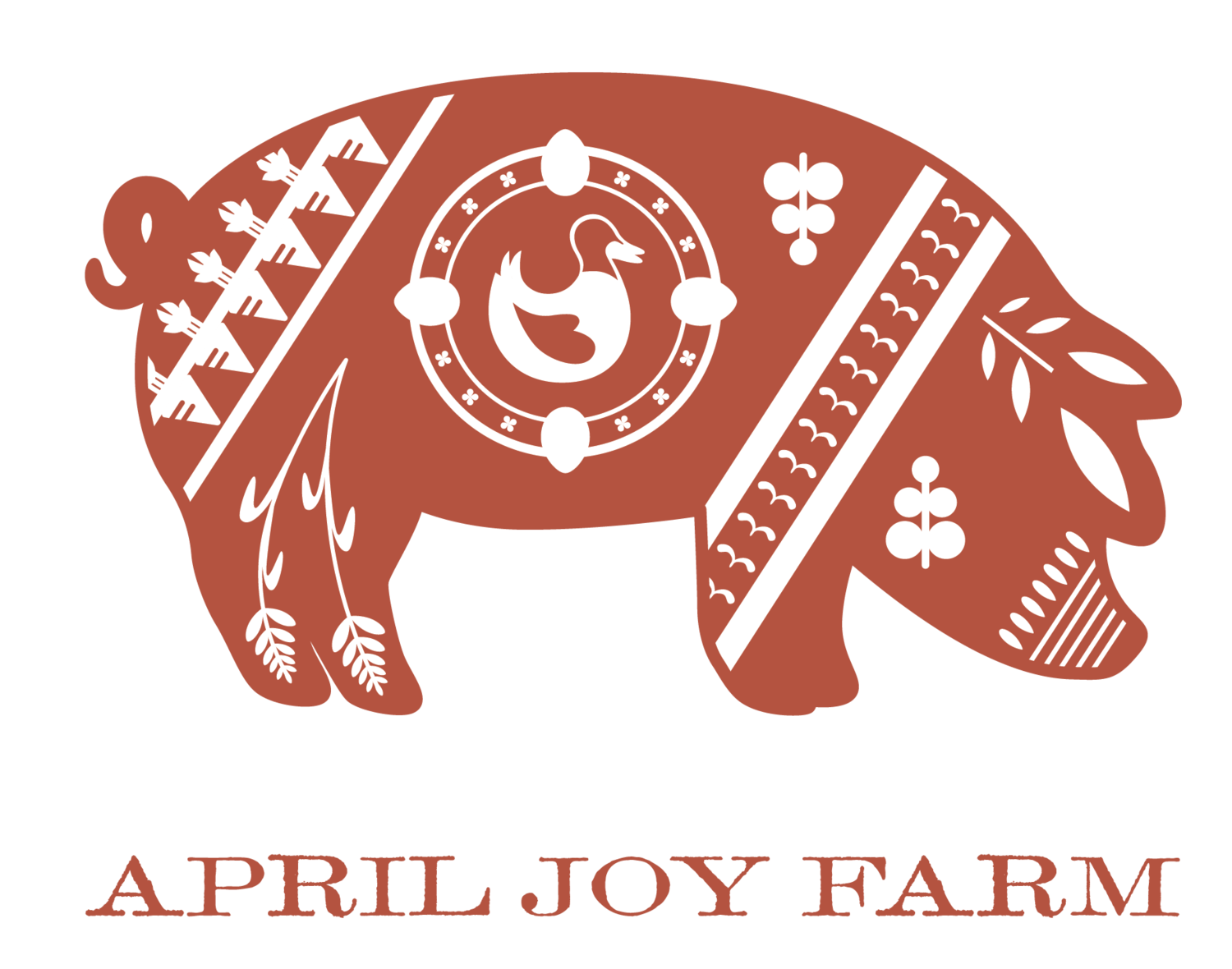Planting the Future | Part 2
August 26, 2022
Part 2 of 2 | Part I
I have planted cover crops since the beginning of my farm tenure. In fact, the first thing I ever planted here was a rye grain- vetch mix to restore the soil from years of constant tillage between raspberry rows.
Today, we use grains like barley, oats, and rye that grow fast, protecting the exposed soil from drying, hot sun and minimizing compaction and erosion from strong fall rains. Legumes like clovers, vetch and peas work in tandem with symbiotic bacteria to pull atmospheric nitrogen from the sky and store this critical fertilizer on plant root nodules.
Tillage (Daikon) radishes have determined taproots that drill feet into the soil, breaking up compaction and hardpan to help loosen and restore nutrient and water cycling. Broadleaf plants like Phacelia and Buckwheat germinate on nearly zero moisture and make the best use of the summer sun and when these fast-growing species flower, the insects go nuts. Every year I tinker with our cover crop strategy, introducing more diversity to see what surprise benefits emerge. Aside from the primary benefits, there are many wonderful ways cover crops enhance our lives.
Daikons provide an early spring source of nutrition for us farmers. Bronze fennel planted ten years ago has found a niche at the irrigation valve boxes marking the center of each field. Year after year, they bloom upwards of 7 feet tall and are loaded with tiny insects and pollen heavy honeybees. In the fall, I harvest just enough seed to share with my aunt as the magic ingredient in our spaghetti sauces. Chicory makes for a stunning early season bloom that hungry insects appreciate. Marigolds seem to be a popular hotel for bumblebees, who are often found snoozing peacefully during early morning summer days. All the flowers bring joy to those of us who walk the paths across this farm.
In the heat of the harvest season, we often don’t have the opportunity to look back or look ahead because the work is often all consuming. But after all the worry of these past two seasons of wild weather extremes, I find myself setting my harvest bucket down more frequently these days. I unbend my body, stand up, and look around with wonder and with joy. I think about how far I’ve come and how many more ways we could make things even better… how to keep the benefits stacking up and up and up.
I notice how much our land does not look like it is being ‘farmed’, because of the dry, tall grass mixtures and unkemptness of it all. It makes me happy when puzzled visitors ask, “Where are all the vegetables?” Who could guess that hidden here and there between neon blue 12 ft tall Cardoons, Comfrey, Persian Speedwell, bright orange Milkweed, purple Asters and Puget Sound Gumweed, hidden amongst all manner of eclectic, niche-filling, soil building plants we’ve curated over the years is 10 tons of food. My farm, our farm, this farm, through all the many iterations of the past fifteen years, is now more alive, more surprising, more inspiring than I could have ever wished.
Like so many things in this magnificent world, such abundance did not just happen. This beautiful living organism we call our farm took root in small, consistent actions woven together over many, many thousands of moments. It happened because of small choices, one after another, woven by a common thread of love, of intention, of compassionate action.
***
Every cover crop seed I’ve ever sown has been by hand. Me, with a bucket and my hands. Or me, with a little red broadcast seeder, 30 pounds full, walking rough paths up and down the field, under the hot late August sun, under the September cloud cover, sometimes racing to get the seed sown before an October rainstorm, up and down, again and again. Year after year, it has been me, tired and hot with the weight of whole year of work inside my muscles and bones crisscrossing these fields. All these pint-sized, determined acts, over many years, equating to thousands of pounds of soil building seeds planted.
And with every handful of seed I’ve spread my hopes too. My hopes that the diversity, the wildness, the miraculousness of all I could see above ground was only a fraction of what was occurring deep below. My hopes that incredible surprises and complete nourishment and hundreds of other good things that I would never know or see were germinating all around me. My hopes that my small, novice efforts would be of service to this land and the communities I cherish.
Step after step, seed after seed, to this day, I keep sowing these tiny wishes, these tender promises. And season after season, the farm reminds me: it takes more than hopes and wishes. It takes actions. Not big dramatic actions, but seed-sized actions. Every season, seed by seed, and step by step, I work with sincerity at planting a future full of restoration, of vibrant connections, of abundance that takes root and thrives, long after my footsteps will reside only in the memory of the soil herself. ~AJ
Mother | Female yellow garden spiders (Argiope aurantia) are homebodies, typically remaining in one area their entire life. This beautiful mother has made her home in our cucumber vines. Photo Credit: Lauren Ruhe
“Do your little bit of good where you are; it’s those little bits of good put together that overwhelm the world.”

